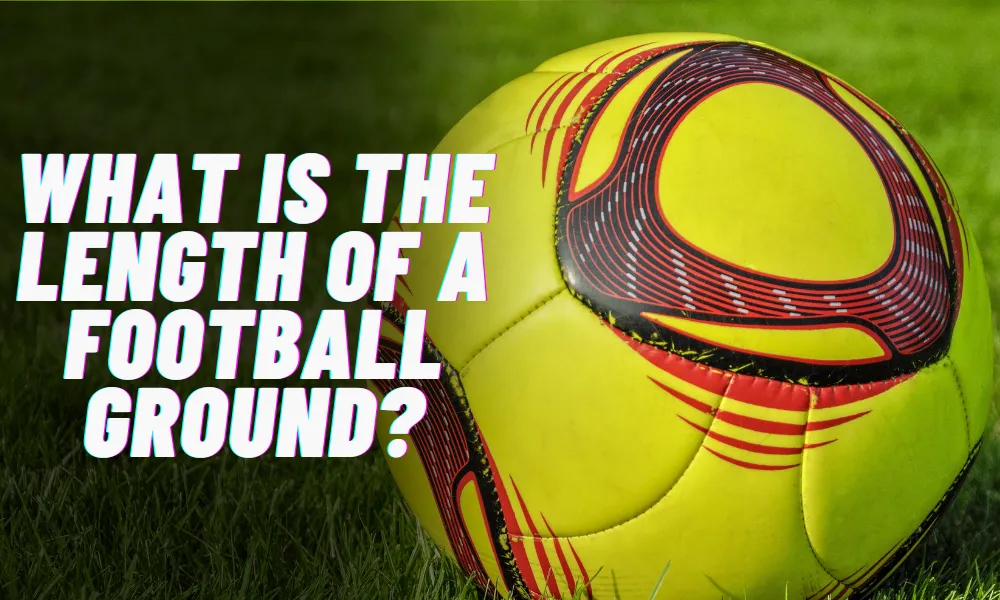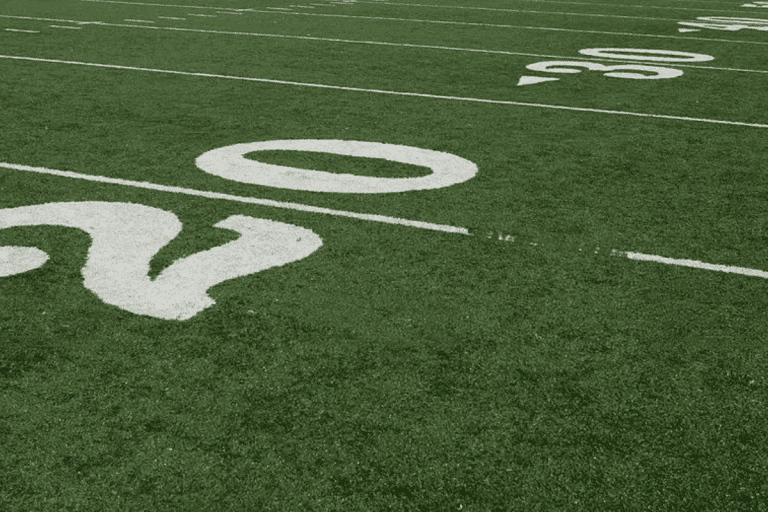What is the Length of a Football Ground?
Have you ever wondered about the length of a football ground? Whether you’re a passionate fan or just curious about the game, understanding the dimensions of a football ground is key to appreciating the sport’s intricacies. But what exactly is the length of a football ground? In this article, we’ll delve into this topic, exploring the standard dimensions, the factors influencing the length, and the variations across different football leagues.
Understanding the Standard Football Ground Dimensions

As I delve into the topic of understanding the standard dimensions of a football ground, let me break it down for you in a clear and concise manner. These dimensions are defined by official regulations to ensure fair play and consistency in the game we love.
When we talk about the standard dimensions, we’re referring to the specific measurements that govern the size of a football ground. These measurements include the length and width of the playing area, as well as the total field dimensions. The length typically ranges from 100 to 130 yards (90 to 120 meters), while the width ranges from 50 to 100 yards (45 to 90 meters).
It’s important to note that these dimensions can vary slightly depending on the level of play. Professional matches generally adhere to the larger end of the spectrum, while amateur and youth matches may have smaller field sizes. This variation is necessary to accommodate different skill levels, physical abilities, and tactical considerations.
The Length of a Football Ground
To measure the length of a football ground, we consider both the playing area and the total field dimensions. The playing area is the space between the two goal lines, while the total field dimensions include additional spaces such as the out-of-bounds areas and the areas beyond the goal lines.
The length of a football ground has a direct impact on gameplay. A longer field provides more space for players to maneuver, allowing for greater opportunities to build up attacks and execute long passes. On the other hand, a shorter field can result in a more compact and intense style of play, with quick transitions and tighter defensive formations.
The length also influences strategies employed by teams. For instance, a team with fast and agile players may prefer a longer field to utilize their speed and create scoring opportunities through long runs. Conversely, a team with strong defensive capabilities may opt for a shorter field to compress the space and limit the opponent’s attacking options.
In terms of player performance, the length of a football ground affects endurance and stamina. A longer field requires players to cover more ground, demanding higher levels of fitness. It also impacts the timing of runs, as players must adjust their positioning and speed to reach goal-scoring opportunities or defend against attacks effectively.
Factors Influencing the Length of a Football Ground
Geographical and environmental factors play a significant role in determining the length of a football ground. The available space in a particular area can impact the dimensions of the field. In densely populated regions, where land may be limited, football grounds might be smaller in size to fit within the available space. Additionally, factors like climate can also influence field dimensions. In colder climates, where the ground may freeze during winter, shorter field lengths may be preferred to minimize the risk of injuries caused by hard playing surfaces.
Local regulations, stadium design, and historical traditions also contribute to the length of a football ground. Each country or governing body may have specific rules and regulations regarding field dimensions. These regulations ensure consistency and fairness across different competitions.
Furthermore, the design of the stadium itself can influence field dimensions. Some stadiums have unique features or architectural constraints that may impact the length of the field. Lastly, historical traditions and cultural factors can also influence field dimensions, as certain regions or countries may have long-standing traditions that dictate specific field sizes.
Variances in Length Across Different Football Leagues
Different leagues have different regulations and standards for field dimensions. These guidelines ensure consistency within each league and provide a level playing field for all teams. For example, the English Premier League has specific regulations that require a field length between 100 and 130 yards, while Major League Soccer in the United States allows a range of 110 to 120 yards. These variations in regulations can lead to distinct playing styles and strategies within each league.
There are notable examples of leagues with unique field length requirements. In South America, the Argentine Primera División has a reputation for having narrower fields compared to other leagues. This narrower width can lead to more compact and intense matches, with players having less space to operate. On the other hand, the German Bundesliga is known for its wider fields, which can foster a more expansive and open style of play.
FAQs: What is the length of a football ground?
What is the standard length of a football ground?
The standard length of a football ground is typically between 100 and 130 yards, as per the regulations of various football leagues.
Can the length of a football ground vary in different competitions?
Yes, the length of a football ground can vary depending on the regulations and standards set by different competitions and governing bodies.
Are there any specific regulations regarding the minimum length of a football ground?
Yes, most football leagues have regulations that specify a minimum length for a football ground, usually around 100 yards.
Are there any notable examples of football grounds with non-standard lengths?
Yes, some notable examples include Maracanã Stadium in Brazil, which has a length of 110 yards, and Wembley Stadium in England, which has a length of 115 yards.
How does the length of a football ground affect the gameplay?
The length of a football ground can impact gameplay by influencing the amount of space available for players to maneuver and the style of play adopted by teams.
Conclusion
In conclusion, the length of a football ground plays a crucial role in the game we love. We’ve discovered that understanding the dimensions is not only important for fair play and consistency but also for appreciating the strategies and performance of players. Whether it’s the regulations set by different leagues or the historical traditions that shape field lengths, the intricacies of football ground dimensions are worth exploring.




